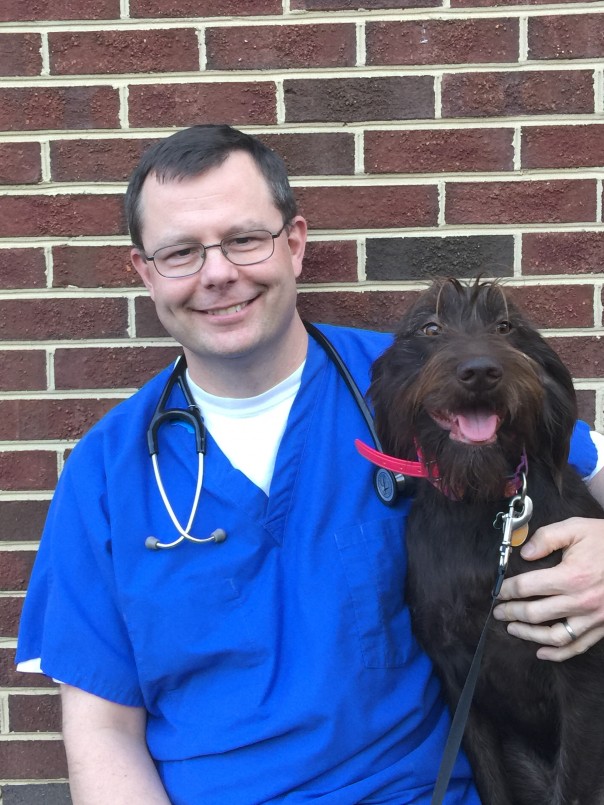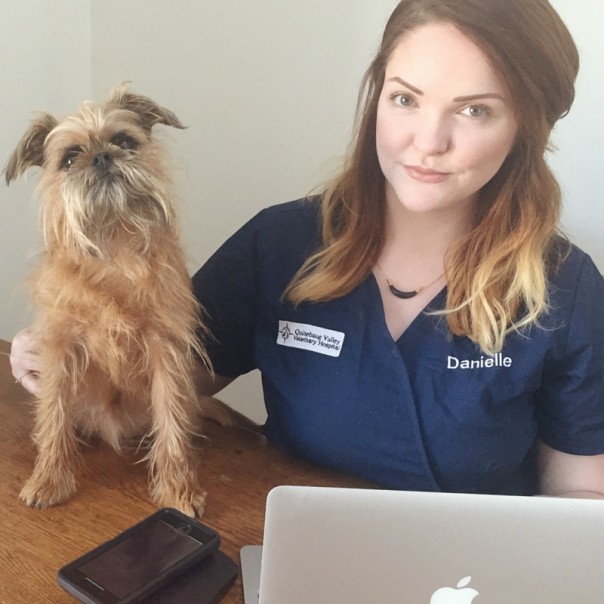Working at the front desk of a veterinary hospital is already a hard job. Sometimes, veterinarians do things to make it even harder. In this video from DVM360.com, Dr. Roark gets real about the top 5 things vets do that drive the front desk crazy.
5. They don’t prepare clients for the bill.
via GIPHY | Full video on DVM360.com
4. Ask them to make awkward phone calls.
3. Modify their job descriptions.
2. Complain when they do their job well.
1. They don’t follow their own rules.
Watch the full video!
Watch the full video, courtesy of DVM360.com, below to see if you can relate.
This video was originally published on DVM360.com. Re-published with permission from the content owner.





 The views and opinions featured on There, I Said It are those of the authors and do not necessarily reflect the position of the DrAndyRoark.com editorial team.
The views and opinions featured on There, I Said It are those of the authors and do not necessarily reflect the position of the DrAndyRoark.com editorial team.